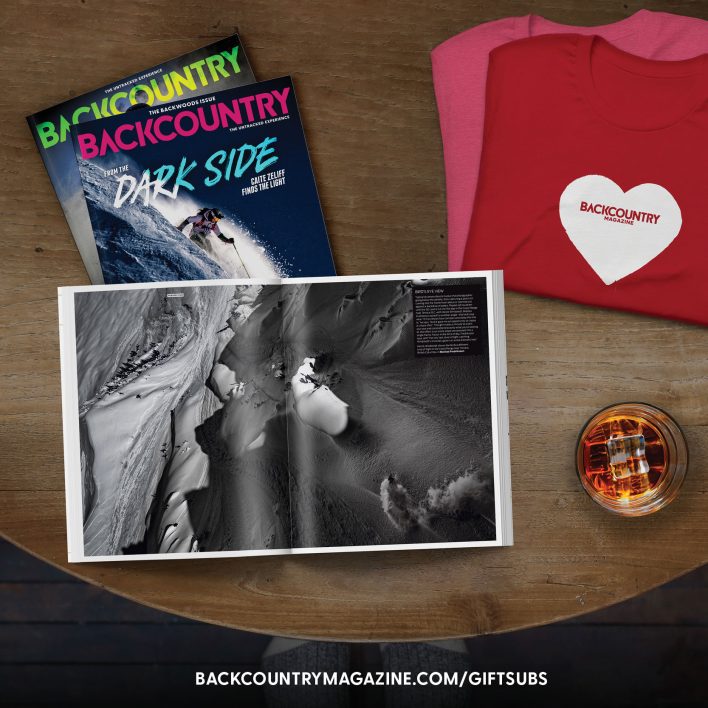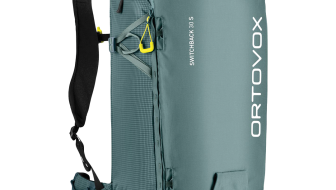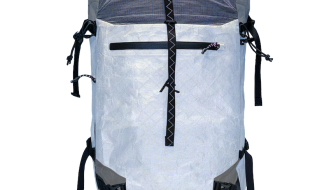“It’s getting late. I think we should get off this slope and head back.” This is a statement that has good intentions, but the process behind it isn’t perfect.
As spring approaches, the days get warmer and the snow on the ground changes; the daily cycle of snow warming and freezing heals many of the deep instabilities that persisted throughout the winter; typical instabilities become easier to predict. And while wet avalanches—either slab or loose—are easier to predict and run more slowly, they can still pack a punch. Therefore, getting off a slope before it becomes dangerous is important.
When I first started traveling in the mountains, I heard and read a lot about “turnaround times.” There were all sorts of rules of thumb, and some of my old guidebooks even had timetables with the route and date, so you could see sun hit and make sure you were off shortly after. I remember getting up at 3 a.m. to make sure we were up and down before most people were eating breakfast—and I hated those mornings.
![Hedda Peterson and Kris Thomas turn their clocks back on James Peak, Utah. [Photo] Tyler Cohen](http://backcountrymagazine.com/wp-content/uploads/2016/03/turnaroundtime-708x400.jpg)
Hedda Peterson and Kris Thomas turn their clocks back on James Peak, Utah. [Photo] Tyler Cohen
So what do we want to recognize in order to avoid wet slides? Simply put, we need to pay attention to the amount of “free water” in the snowpack.
Free water is created by radiation (sunlight), warm air temperatures and rain. It can create avalanches because it loosens the bonds between grains. And if that water loosens all the bonds of the surface snow, it can create a wet, loose-snow avalanche. If the water finds its way through the upper slab and hits a buried crust or the ground, it can act as a lubricant and wet slab avalanches are possible. So when I am traveling in the mountains in the spring, I continually look at the amount of water in the snow, rather than my watch.
Here are some ways to collect the information you need:
- Ask yourself: Is the surface snow wet? How deep? If you can wring water out of the snow while making a snowball, there’s free water. A few centimeters of this can make for great skiing; 10 to 20 centimeters can be tough to ski. More than 20 and you have the potential for big, wet, loose avalanches. Dig with your hand and keep an eye on the depth of the instability.
- Find out: How deep is your “BootPen?” If you take a step in the snow without skis on your feet, how deep does your foot penetrate? More than boot-top deep and you should avoid avalanche terrain. If you plunge to a solid crust or the ground, this is an additional red flag—you have a good bed surface and an instability.
- Take temperatures of the air and snow. How warm is the air? To what depth is the snow temp 0° Celsius? Knowing this will help you think ahead and be out of avalanche terrain before you have a problem because the rate at which snow melts will be based on air temperature, how directly the sunlight hits the snow surface and the porosity of the snow. The more you have of any of these factors, the more quickly the snow will get wet.
Of course, your watch isn’t completely useless, either. If you plan to ski in one area multiple times in a short period of time, pay attention to the timing of the change from frozen solid to prime skiing conditions to too wet and potentially dangerous. If the weather will be consistent, this information can help you plan for the next days.
Lastly, be careful following rules of thumb. They work most of the time, but can be disastrous when they don’t. In the spring, when skiing on snow that is going through a daily melt-freeze cycle, don’t think of the snow as more stable. Instead, think of it as a more predictable daily instability. This instability is a product of free water in the snowpack, which is created by radiation, temperature and rain. Track these and the effect they have on the snow and you’ll be better informed—and hopefully skiing better snow while avoiding hazards.
—
Donny Roth is an AMGA-certified ski guide and professional skier. He writes about his adventures at independent-descents.com. Learn more about skiing with him in Chile at chile-powder-adventures.com










Skiing is heart pounding and adventurous but you need to be skilled enough specially in mountain sloops that is too steep. My team suggest that one should take mountaineering courses from highly experienced and professional mountain guides in the Southern Alps. My mentor Wolfgang Maier, has climbed seventy eight of the eighty two 4000+ metre peaks in Europe and has successfully guided hundreds of clients during his career. Now based in the Southern Alps of New Zealand, Wolfgang’s adventure company, MountaiNZ Inc offers guided ascents of the country’s highest peaks. Courses like Beginner & Intermediate Mountaineering Course, and Advanced Mountaineering Course. Visit us in our website http://mountainz-inc.nz/ and contact us anytime in the office at +64-3-680-6514.